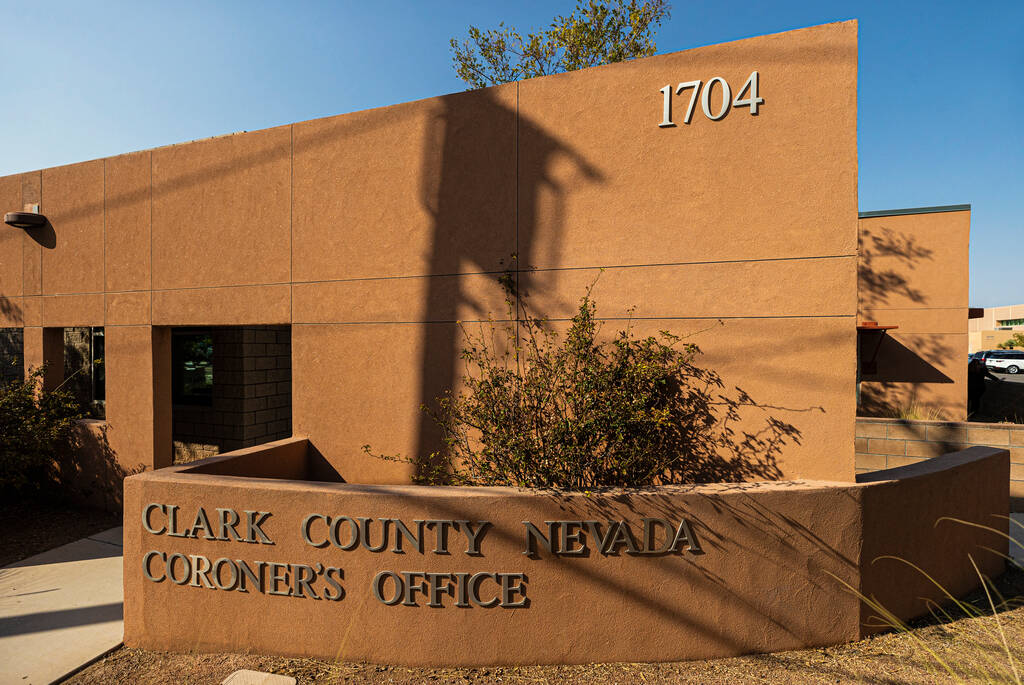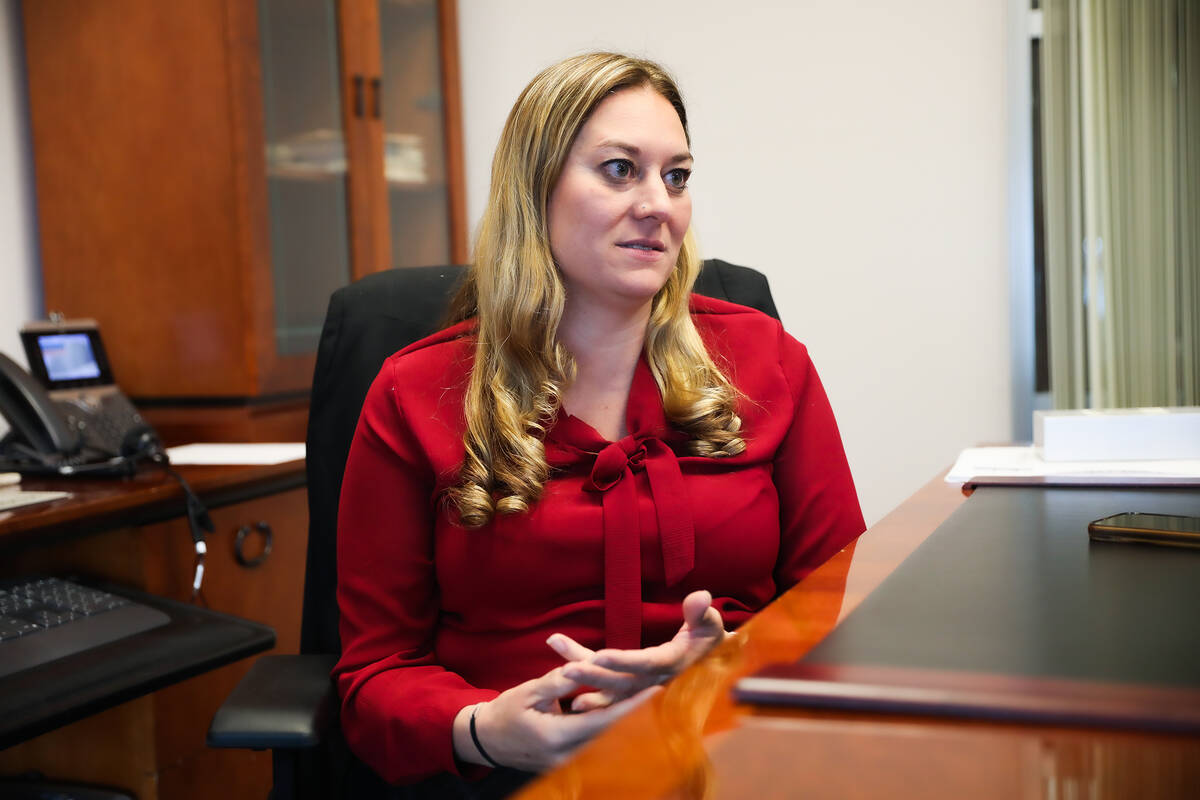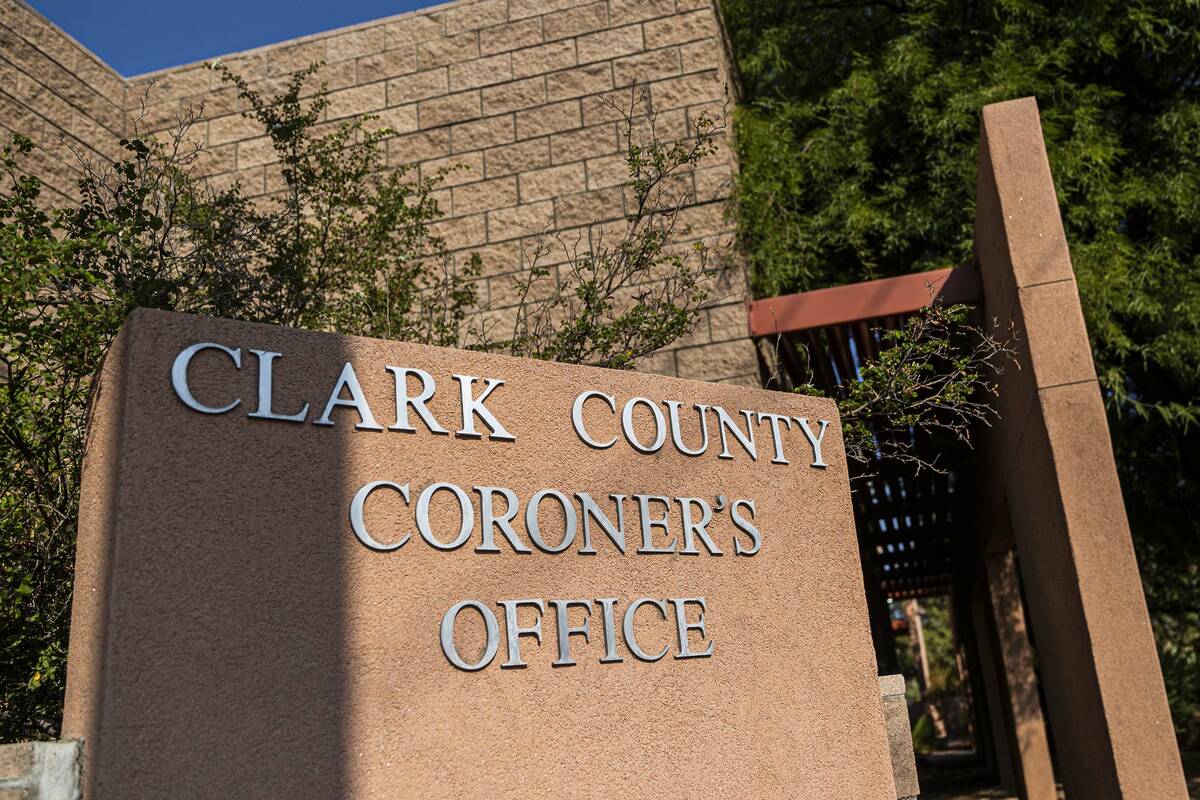Clark County coroner redacts autopsy reports despite losing lawsuit
The Clark County coroner spent three years and about $250,000 in taxpayer money fighting a losing battle to conceal autopsies from the public, but now, coroner’s staff are redacting some of the records to the point that they do not reveal any information.
The Las Vegas Review-Journal sued the office in 2017, saying the county is illegally withholding child autopsies, and courts — all the way up to the Nevada Supreme Court — agreed that autopsies are public records.
Ben Lipman, the newspaper’s chief legal officer, said the office is using redactions to thwart transparency.
“They are clearly in violation of the law as it is written in the Nevada Public Records Act and explained by the Nevada Supreme Court, and they have done exactly what they were found in violation of the Nevada Public Records Act for doing previously,” he said.
The agency is also telling the Review-Journal it will need more than a year to fulfill requests for autopsies of people who died in jail or prison. The first installment of some of the records shows nearly total redactions.
Heavily Redacted Autopsy by Tony Garcia
Stephanie Wheatley, a spokesperson for the coroner’s office, cited several legal justifications for the redactions, including the Health Insurance Portability and Accountability Act and several cases that discuss how to balance the privacy of information and the public interest, such as Reno Newspapers v. Gibbons.
However, Wheatley did not address the Review-Journal’s case against the coroner’s office or otherwise make a statement on the legality of the redactions.
Long battle for records
In 2017, District Judge Jim Crockett ruled that the coroner’s office “obstructed the legislative purpose” of the open records law by not producing documents that would have allowed the Review-Journal to see whether there were any gaps in the county’s child protection system.
The county appealed and the state Supreme Court upheld the ruling. The county continued to try to get a rehearing until the Supreme Court ordered the 653 autopsies be released without redactions at the end of 2020.
The county was ordered to pay $167,000 in the newspaper’s legal fees and spent about $80,000 on outside counsel for its failed attempt to withhold the autopsies.
But recently the county has started to release autopsies with very little information that wasn’t blacked out.
Clark County did not initially provide an explanation for these redactions, and later said in an email that the redacted information was either protected health information or personal identifying information.
According to Lipman, providing these blanket statements isn’t enough to be in compliance with Nevada open records law. The coroner’s office would have to justify each individual redaction and give an explanation of the nature of the private information.
In the Review-Journal’s case against the coroner’s office, the court did say that there could be information in coroner’s reports that if disclosed would amount to an unwarranted invasion of privacy, Lipman explained.
Clark County was given an opportunity to explain what information it felt should be redacted. But once back in court, the county couldn’t justify the redactions, he continued.
Further, Lipman said, the office would have to demonstrate not just that the information itself is private, “but that it is so private as to overcome the public’s general right to know.”
“They haven’t even remotely attempted, much less arguably achieved that, with regard to the redactions in the records they provided,” Lipman said.
Delay in records release
Only reasonable delays in releasing records comply with transparency laws, Lipman said. And he said that the estimate provided by the coroner’s office seemed unreasonable.
Wheatley said in an email that since the Review-Journal has requested a total of 13 years’ worth of records — the in-custody autopsy reports since 2011 — the office is fulfilling the public records request “per Nevada Revised Statute.”
“Given the size of your request, records are being made available to you on an ongoing basis,” Wheatley said. Since filing the request on June 12, the Review-Journal has only received one installment of records containing less than 40 documents. Those were a combination of autopsies, investigative reports and toxicology reports. Some were for the same deceased person.
A spreadsheet provided by the office shows that there are a total of 374 deaths that were identified as responsive to the Review-Journal’s request.
“Given the rate at which the documents generally are and have been produced by public governmental entities around the state, the coroner included, the idea that it’s going to take over a year to produce these records just seems ludicrous to me,” Lipman said. “They promised that they would provide these records on a rolling basis, and yet here we are.”
To Lipman, the lack of additional installments “calls into question whether or not they are doing this diligently.”
The records that have been received by the Review-Journal so far tell the stories of people who were restrained, medicated or left to themselves in a cell when they died.
Wheatley initially agreed to a phone interview, but when the Review-Journal said the conversation would be on the record, she responded with an email statement rather than confirming her availability for the call.
Wheatley told the Review-Journal that the office is continuing “to work diligently to ensure the Review-Journal’s records requests are addressed and responded to appropriately.”
The “What Are They Hiding?” column was created to educate Nevadans about transparency laws, inform readers about Review-Journal coverage being stymied by bureaucracies and shame public officials into being open with the hardworking people who pay all of government’s bills. Were you wrongly denied access to public records? Share your story with us at whataretheyhiding@reviewjournal.com.
Contact Estelle Atkinson at eatkinson@reviewjournal.com. Follow @estelleatkinsonreports on Instagram and @estellelilym on X.

























